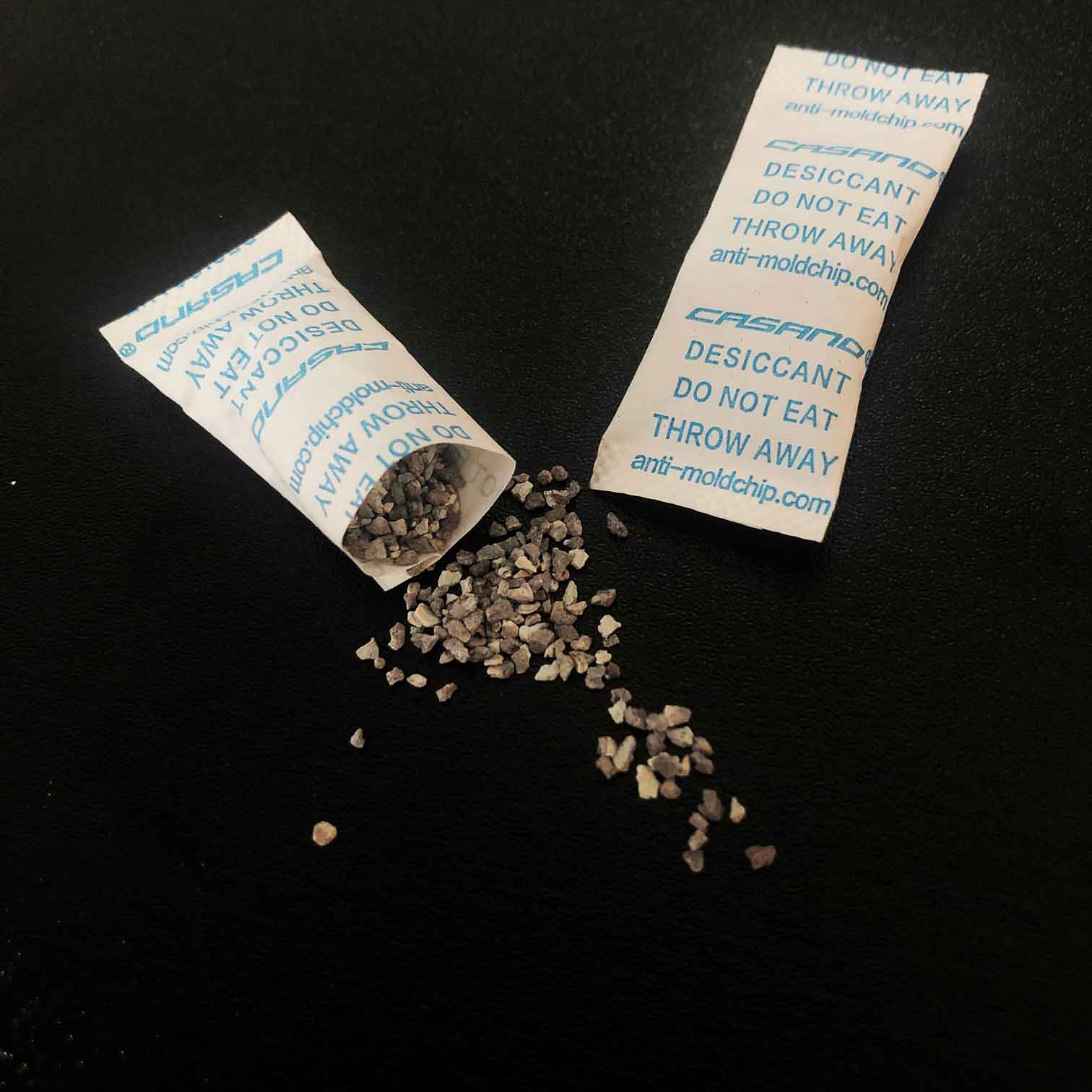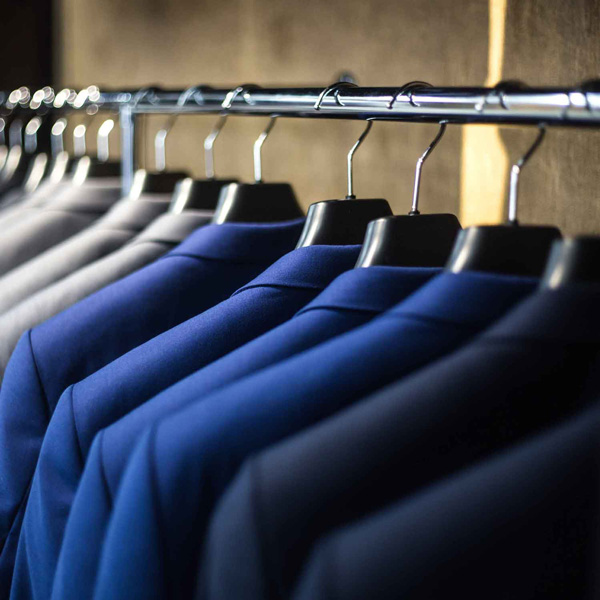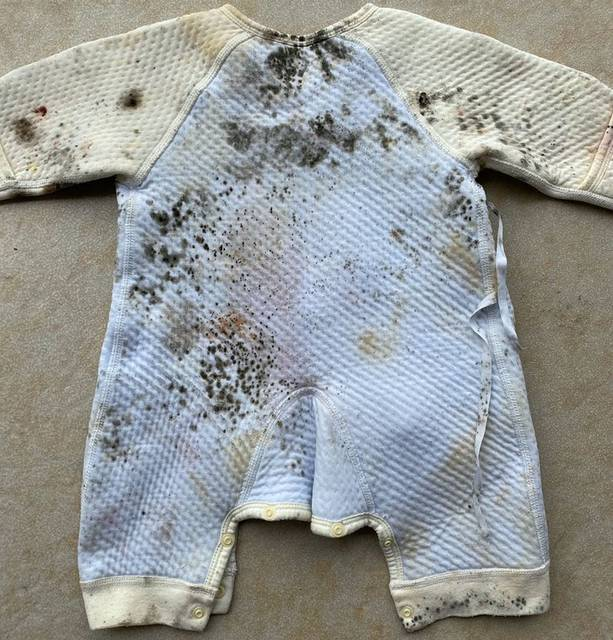what are you looking for?
 How to judge the quality of industrial desiccant
How to judge the quality of industrial desiccant
 How to deal with the rainy season
How to deal with the rainy season
 Why it's important to protect your garments from moisture
Why it's important to protect your garments from moisture
 How to deal with moldy cloth?
How to deal with moldy cloth?










